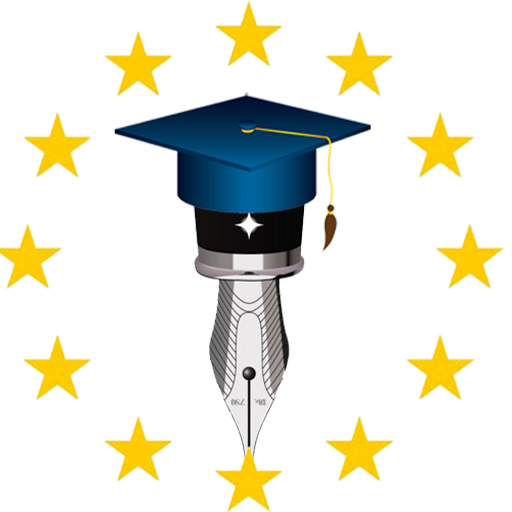Question Description
Directions: this exam consists of a series of essay questions. You have 5 parts, and ineach part , choose one of 3 essay questions .
Part 1 (chapters 1-2): choose one of the following 3 questions and write a detailedresponse to it in Canvas. Your answer is worth a possible 20 points.(1) Two political ideologies took center stage in the history of Latin America. First,classic liberalism emerged in the nineteenth century. Nationalism, a later invention,emerged in response to the first. In which ways have liberalism and nationalismalternated in ascendancy during the past 150 years?(
2) Briefly compare the differences between the nonsedentary, semisedentary, andfully sedentary groups that inhabited the Americas before the Encounter? How wouldyou describe their relationship to the land? How did it vary from group to group?
(3) How did the conquest of Brazil differ from the conquest of Spanish America? Besure to include discussion of the following cultures: Tupi, Aztec, Mayas, and Incas
Part 2 (chapters 3-4): choose one of the following 3 questions and write a detailedresponse to it in Canvas. Your answer is worth a possible 20 points.
(1) If the Spanish and Portuguese colonial system was a brutal one in which nativeAmericans and peoples of African descent were oppressed, why did colonialism last forso long?
(2) Discuss the causes of the independence movements in order to pinpoint the reasonfor the collapse of Spanish and Portuguese rule in most of Latin America.(
3) Who would you identify as the main leaders behind the independence movementsin Spanish America? How did they manage to get “the people” behind their cause?
Part 3 (chapters 5-6): choose one of the following 3 questions and write a detailedresponse to it in Canvas. Your answer is worth a possible 20 points
(1) Who was the caudillo, and what ideas did he represent? Provide an example of awell-known caudillo.
(2) Briefly compare liberal ideas versus conservative ideas. Which ideas do you thinkpredominated in postcolonial Latin America?
(3) War is usually regarded as a catalyst for change; was this the case in LatinAmerica? Use examples to illustrate your point.
Part 4 (chapters 7-8): choose one of the following 3 questions and write a detailedresponse to it in Canvas. Your answer is worth a possible 20 points
(1) How did the relationship between the United States and Latin America changeduring the nineteenth century?
(2) Who was Porfirio Díaz? Describe his ruling style. Be sure to include the followingterms in your discussion: rurales, hacendados, pan o el palo, cientificos
(3) Who were Diego Rivera and Frida Kahlo? How did they represent the peasantsand indigenous people who fought in the Mexican Revolution? Be sure to include inyour discussion a commentary on revolutionary ideals in Rivera’s Detroit Industry muralseries.
Part 5 (chapters 9-11): choose one of the following 3 questions and write a detailedresponse to it in Canvas. Your answer is worth a possible 20 points
(1) What is populism? Provide at least two examples that demonstrate how populismfunctioned in Latin America.
(2) Why did the military stage a coup d’état in Brazil? Once in power, how did they rulethe country?
(3) Who were the neoliberals, and what did they want?






